“Four score and seven years ago…” starts Abraham Lincoln’s Gettysburg Address. What is perhaps his most famous speech was not initially intended to be much more than a brief dedication to a cemetery. Lincoln was simply asked to give “a few appropriate remarks” at the dedication of the Gettysburg National Cemetery. Edward Everett, one of the most prominent orators of the day, was the keynote speaker of the day while Lincoln himself was billed to give “dedicatory remarks.” These remarks would be so powerful that Everett himself requested a copy, stating “I should be glad, if I could flatter myself that I came as near to the central idea of the occasion, in two hours, as you did in two minutes.”
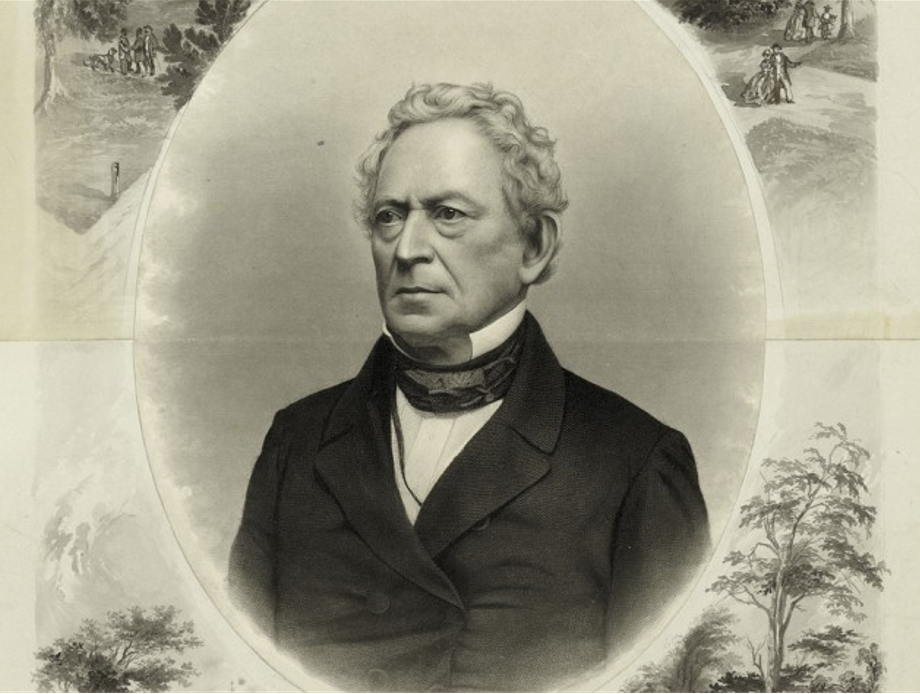 Edward Everett, the keynote speaker at the Gettysburg National Cemetery Dedication Ceremony
Edward Everett, the keynote speaker at the Gettysburg National Cemetery Dedication Ceremony
The Battle of Gettysburg occurred during a pivotal moment in the Civil War. Several Union setbacks in the Eastern Theater emboldened Robert E. Lee to invade the Union in the Summer of 1863. Nearly 80,000 Confederate soldiers marched through Maryland into Pennsylvania and threatened Philadelphia, Baltimore, and Washington. Union forces pursued the Confederate army and, on the morning of July 1, shots rang out northwest of the small town of Gettysburg. What followed was a brutal three-day battle in which nearly 50,000 men were shot and about 8,500 were killed.
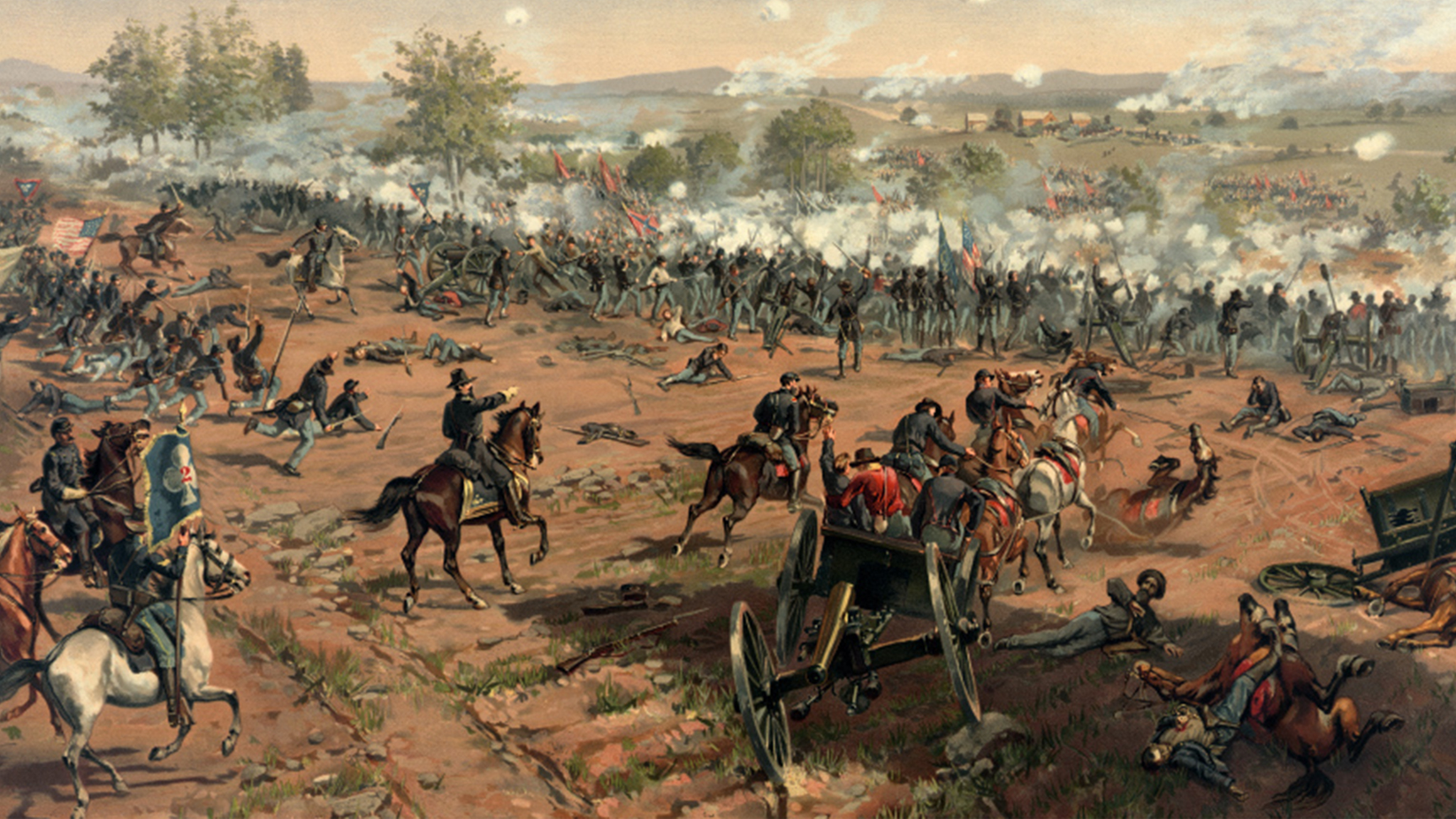 Pickett's Charge, the climactic end to the Battle of Gettysburg
Pickett's Charge, the climactic end to the Battle of Gettysburg
The Confederate forces were defeated and retreated into Virginia. Burials of the Union dead began immediately. Many were interred where they fell, and it was later decided to establish a cemetery for the Union dead on Cemetery Hill. The first reinterments occurred in October of that year, and a dedication ceremony was planned for the new site. When the Consecration Ceremony occurred, reinternments were still being completed daily. Of the more than 3500 that would eventually be buried there, only 1200 were already in their final resting places. Their sacrifice would have been directly seen by all in attendance in the form of hundreds of open or freshly dug graves.
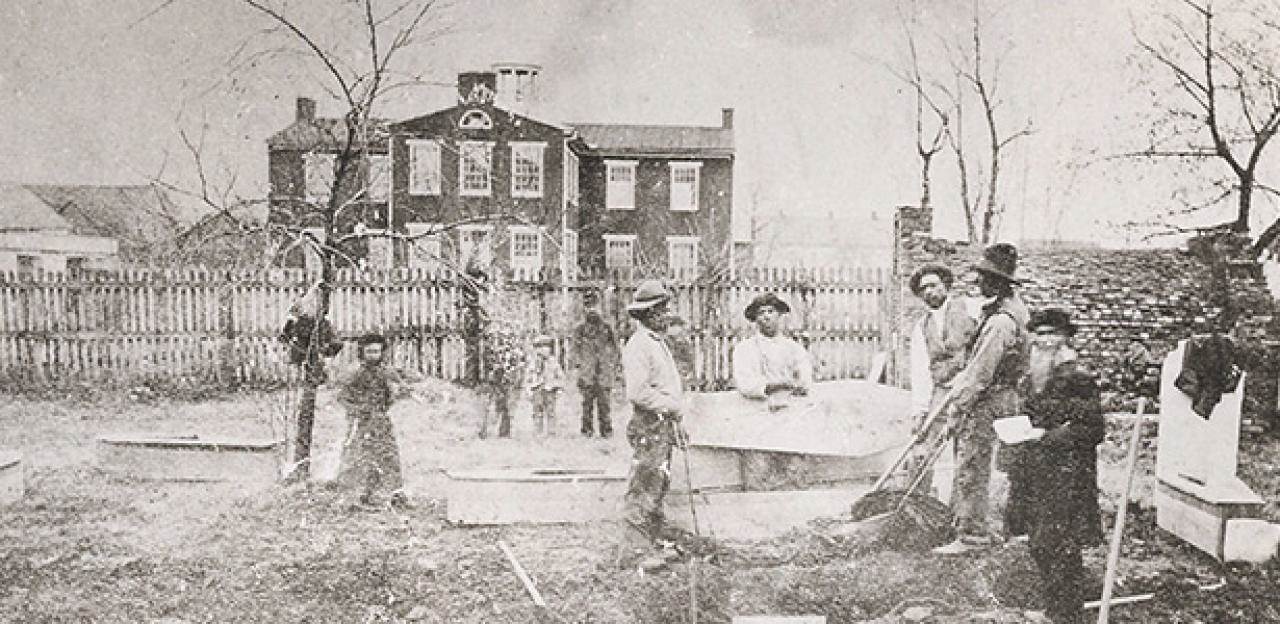 Bodies being exhumed for reinternment at the Gettysburg National Cemetery
Bodies being exhumed for reinternment at the Gettysburg National Cemetery
After Edward Everett gave his keynote address, a 13,500 word oration on the battle and the war itself, Lincoln took the podium. In less than 300 words, he placed the battle and the war in a historic context, argued the uniqueness and importance of the American form of government, honored those who died defending that government, and urged the listeners to stand firm in their resolve to successfully conclude the conflict and preserve American democracy for future generations.
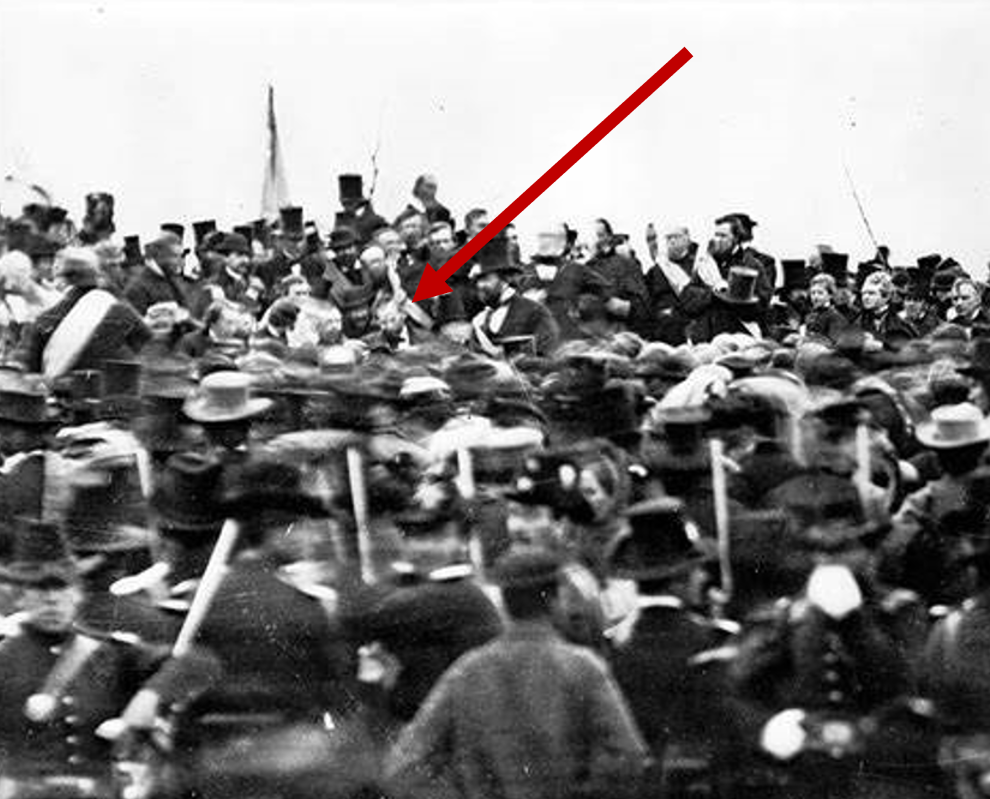 One of the few known pictures of Abraham Lincoln at Gettysburg
One of the few known pictures of Abraham Lincoln at Gettysburg
Everett was so impressed with Abraham Lincoln’s speech that he requested a copy to be put into a book of speeches from the ceremony and auctioned off at the New York Sanitary Commission Fair. This copy is one of five known handwritten copies. (Insert link to whoever we want to describe these)
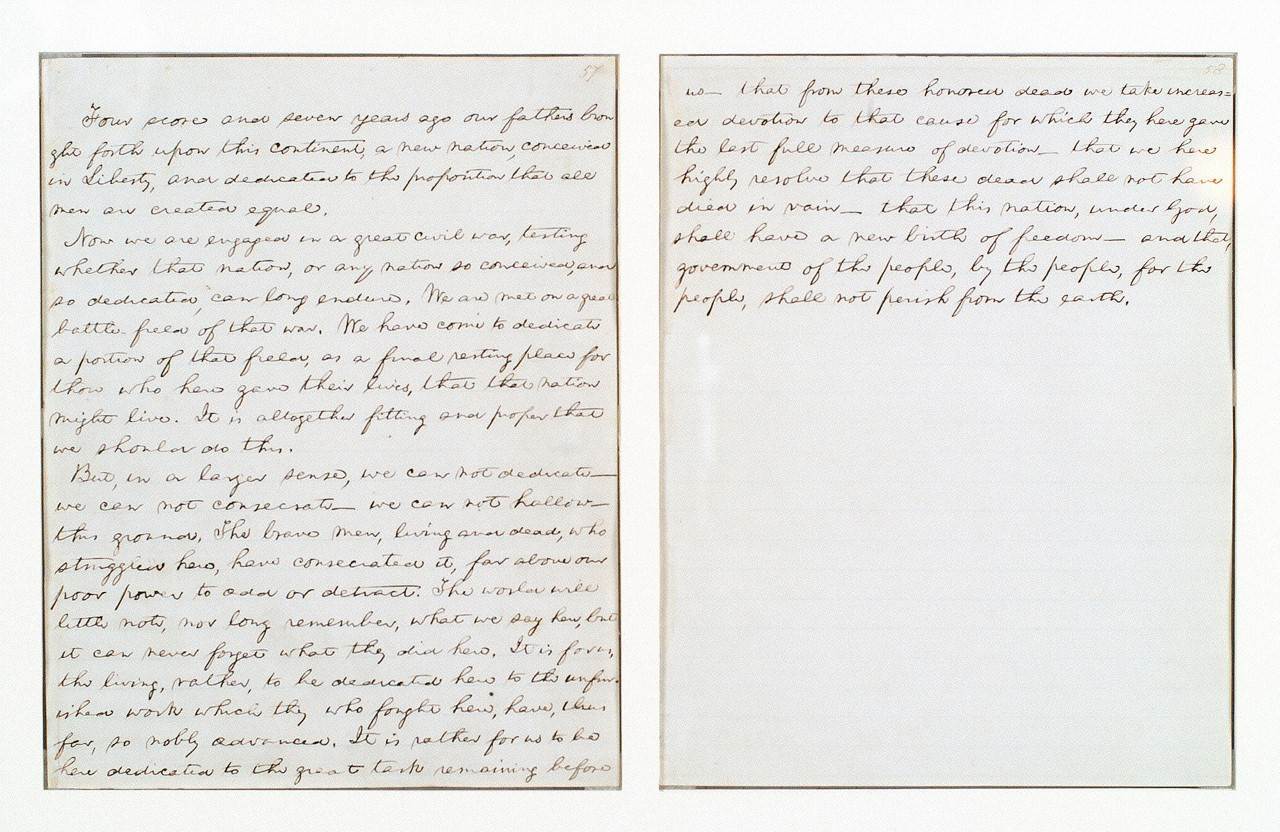 The Everett Copy of the Gettysburg Address
The Everett Copy of the Gettysburg Address
(Insert description of how we managed to get the Gettysburg Address)
The Address has become one of the most well-known speeches in the English language and will forever be tied to the Lincoln legacy. Visitors to the Lincoln Memorial in Washington D.C. that turn left will see the words of the address carved into the wall. Martin Luther King Junior referenced the speech in his “I have a Dream” speech when he said “Five score years ago, a great American, in whose symbolic shadow we stand today, signed the Emancipation Proclamation.” Article 2 of the French Constitution states “The principle of the Republic shall be: government of the people, by the people and for the people.” Although Lincoln’s words ring true to this day, he was incorrect when he stated “the world will little note, nor long remember what we say here...” The world did note the words he said, and it will always remember what they meant.
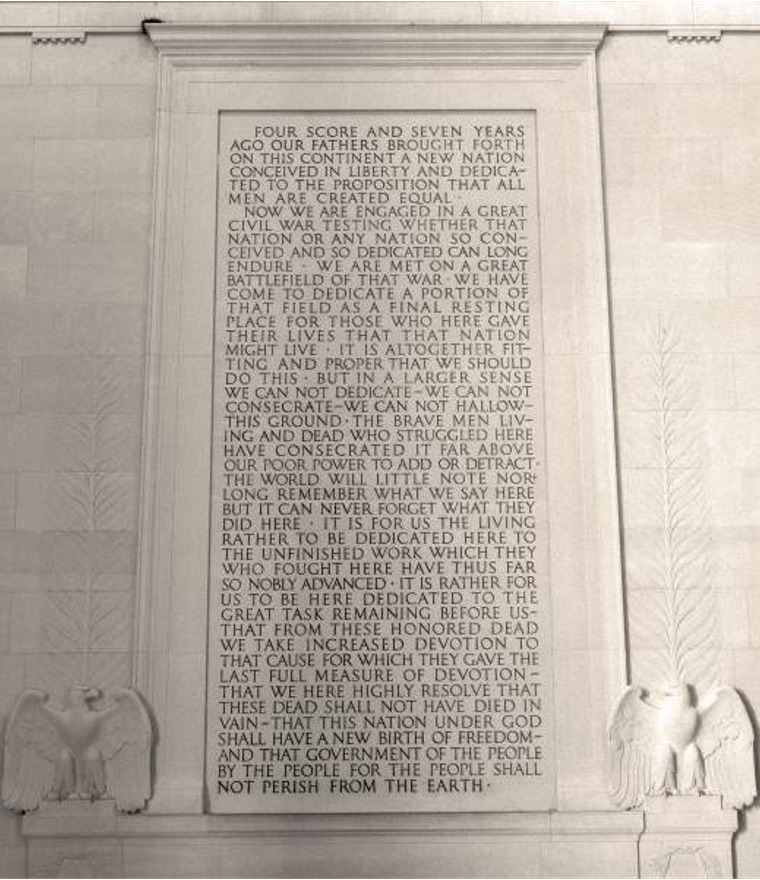 The Gettysburg Address on the wall of the Lincoln Memorial
The Gettysburg Address on the wall of the Lincoln Memorial
For an annotated version of the address, click here.